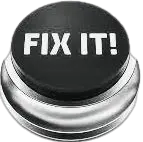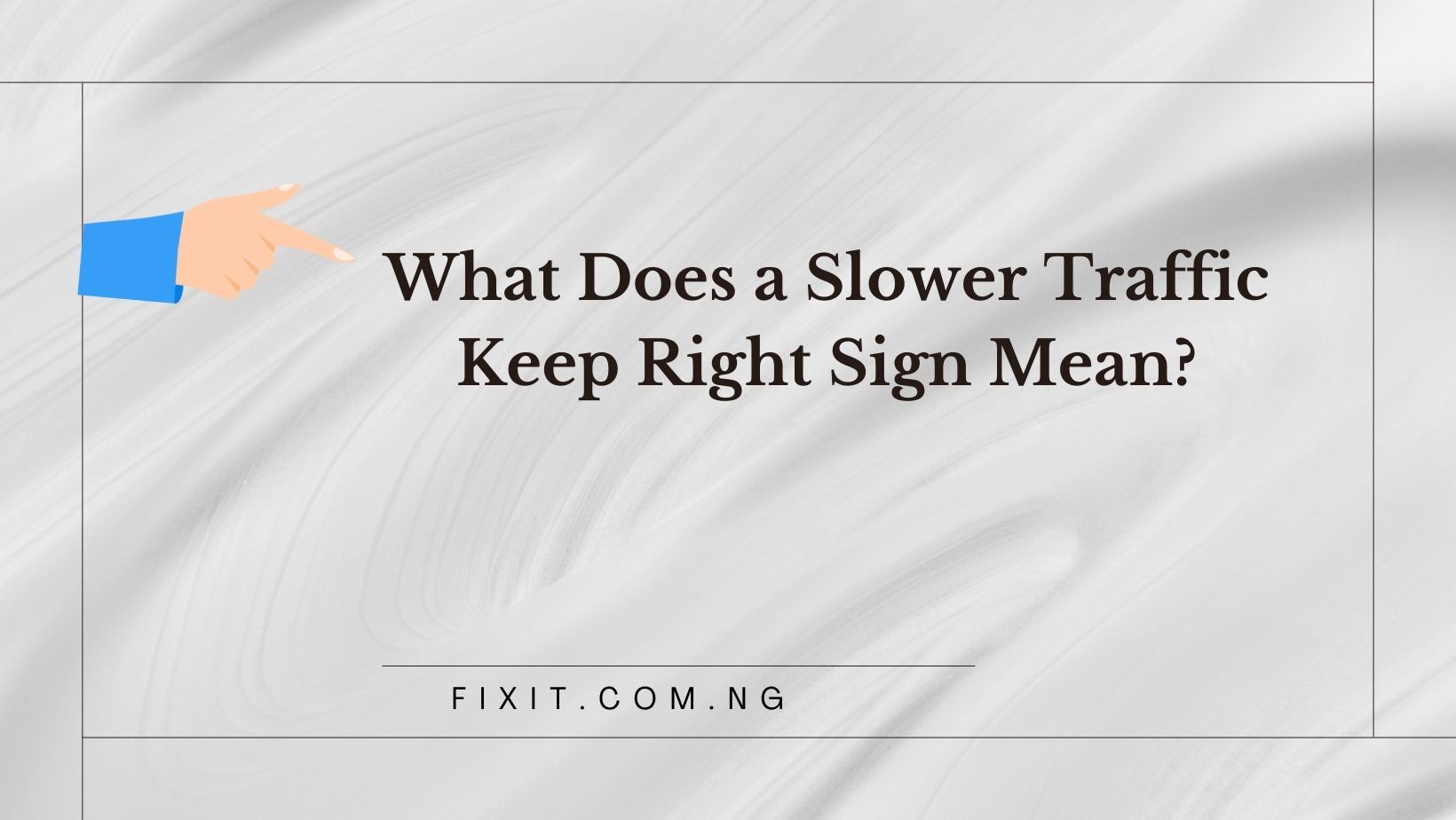This sign alerts drivers that the roadway ahead narrows to one lane in each direction, so be prepared to change lanes or allow vehicles traveling at higher speeds to merge into your lane.
This four-sided sign serves to alert drivers and pedestrians that it is time to slow down and give pedestrians and closely approaching traffic the right of way. It comes in yellow or yellow-green with black letters and symbols for extra clarity.
It Means Don’t Impede Faster Traffic by Hanging Out in The Left Lane.
Slower Traffic Keep Right signs serve a primary function: they serve to inform drivers on multilane highways of their duty to remain in their right lanes when passing other vehicles, which should prevent cars traveling at lower speeds from impeding on higher-speed traffic and increasing risk for all involved. As a reminder to these drivers that unsafe and illegal behavior should not impede moving vehicles at higher speeds. As such, nearly every state has laws against driving slowly in left lanes on multilane roads or highways.
State laws vary widely when it comes to their exact wording; most generally follow the Uniform Vehicle Code which provides model laws used by states when creating driving regulations. Some states also use different terminology when wording their driving regulations such as, “All traffic must stay right” and “Left lane is for passing only.”
No matter the law may state explicitly or implicitly, staying in the left lane can be dangerous to yourself and other drivers. By making it impossible for faster cars to pass slower vehicles, congestion increases dramatically and increases your chance of an accident. Many traffic jams begin as just a few slow cars occupying passing lanes before spreading throughout an entire route as frustrated drivers seek ways around them.
There can be various reasons for why drivers in the left lane drive slow, from ignorance to the false belief they’re being safe by maintaining their slow pace. It serves as a good reminder that some drivers do not fully comprehend what it means for “slower traffic to keep right”, potentially blocking traffic flow and impeding its progress.
It Means Drive at Rightmost Lane
If you’re driving at a slower speed than the cars around you – even just some of the cars around you – then you should drive in the rightmost lane.
People driving 5-10 mph below the speed limit and occupying the left lane impede traffic by slowing cars behind them and forcing other drivers to constantly change lanes to avoid them and stay safe on the roads. Such behavior has earned itself the moniker “slowpoke”, and can result in tickets if it causes other vehicles to collide while passing you.
Once you spot the KEEP RIGHT road sign, it’s clear it is time to switch lanes. These signs are typically installed near or at the end of raised median strips, parkways, islands, central piers or any obstruction separating opposing directions of traffic. They have the same shape as other roadway warning or regulatory signs and may feature black writing or symbols printed onto white backgrounds.
On your roadway, look out for diamond-shaped WARNING signs with black lettering and/or symbols to signal that it may be necessary to slow down and use caution on the upcoming roadway due to unknown situations or unknown events. Such warnings may also be supplemented with another diamond-shaped sign or four-sided YIELD signs with similar black symbols/words that indicate why yielding is required and slowing down may be necessary in advance.
Watch out for signs that indicate steep or slippery hills such as Riding Hill/SLOPED HILL road signs, which warn motorists to slow down and drive with care as you pass these curves; especially large trucks, buses, vans or SUVs should take note. Also pay attention for signs that indicate people working on roadways nearby – this type of work zone requires slower speeds when entering.
It Means Signal and Move to The Right
If you’re getting passed by vehicles on the right – as soon as you can safely find a gap – signal and move to the right.
No matter if you’re behind a slower vehicle or driving at your own speed, knowing when and why to switch lanes is crucial for safe driving. Some states have laws mandating that you move over right when passing slower cars on highways.
If vehicles on your right are passing you, be sure to signal and check over your shoulder before changing lanes. This alerts other drivers that you plan to pass, so they can slow down or move over if needed. It is also wise to regularly inspect mirrors when changing lanes on multilane roads.
Some roads offer special passing or climbing lanes designed to allow slower vehicles to pass faster traffic more safely. When on such a road, signs will usually let you know when passing will soon be possible if needed.
Keep Right signs are sometimes installed when approaching the ends of raised medians, parkways, islands or underpass piers that separate opposite directions of traffic on highways. Such obstacles can force slower-moving drivers into the left passing lanes – creating unsafe driving conditions.
Massachusetts and several other states enact laws which mandate all vehicles remain in the rightmost lane when passing is possible, similar to Massachusetts’ Keeping Right Rule. This regulation is intended to promote safe driving practices while maintaining an appropriate speed limit for all highway users. For further guidance, it’s always wise to follow advice provided by your local traffic department or law enforcement, who are experts on local regulations and laws.

